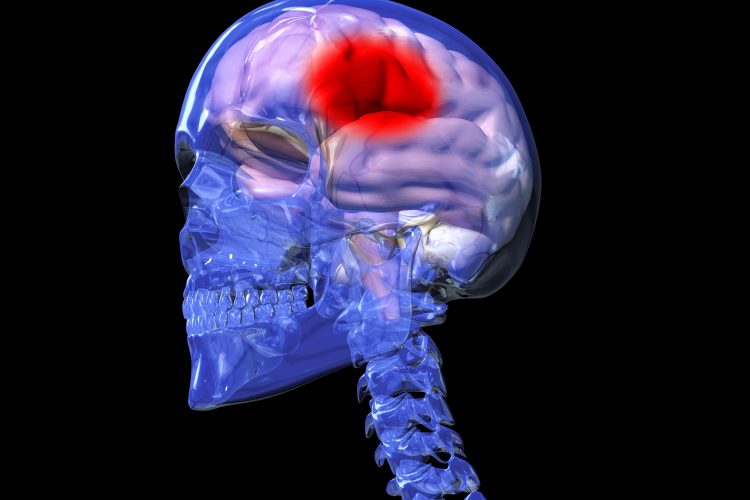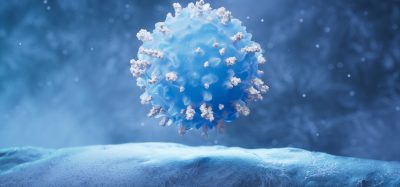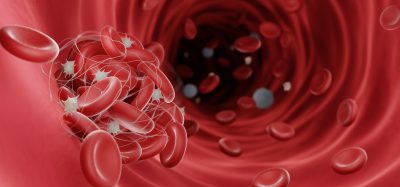New stroke drug reduces brain damage by 60 percent in preclinical study
Posted: 4 August 2025 | Drug Target Review | No comments yet
Cambridge researchers have discovered a new drug that could dramatically improve stroke recovery by reducing brain damage caused when blood flow is restored.


Scientists at the University of Cambridge have developed and tested a new drug in mice that has the potential to reduce damage to the brain when blood flow is restored following a stroke.
As many as one in four people will have a stroke during their lifetime – which occur when a blood clot prevents oxygen from reaching a part of the brain. It is crucial that clots are removed quickly to restore oxygen – otherwise brain tissue begins to die.
Current treatments have limited success
Currently, even with the best available treatments like mechanical thrombectomy – outcomes remain poor. Fewer than one in ten patients leave hospital with no neurological impairment.
Biomarkers aren’t just supporting drug discovery – they’re driving it
FREE market report
From smarter trials to faster insights, this report unpacks the science, strategy and real-world impact behind the next generation of precision therapies.
What you’ll unlock:
- How biomarkers are guiding dose selection and early efficacy decisions in complex trials
- Why multi-omics, liquid biopsy and digital tools are redefining the discovery process
- What makes lab data regulatory-ready and why alignment matters from day one
Explore how biomarkers are shaping early drug development
Access the full report – it’s free!
“Stroke is a devastating disease. Even for those who survive, there is a significant risk of damage to the brain that can lead to disabilities and a huge impact on an individual’s life,” explains Professor Thomas Krieg from the Department of Medicine at the University of Cambridge. “But in terms of treatment, once the stroke is happening, we have only limited options.”
Understanding ischaemia-reperfusion injury
Mechanical thrombectomy, a minimally invasive procedure, removes the clot and restores blood flow. However, restoring blood flow too suddenly can increase the damage through a process known as ischaemia-reperfusion injury. When oxygen-rich blood rushes back into the oxygen-starved tissue, damaged cells release harmful free radicals, causing further injury and triggering inflammation.
The researchers previously discovered that oxygen deprivation leads to a build-up of a chemical called succinate in the brain. Upon reperfusion, succinate is rapidly oxidised – driving the production of free radicals. This occurs within minutes but can be blocked by a molecule called malonate.
The role of acidified disodium malonate
“All of this happens very rapidly, but if we can get malonate in quickly at the start of reperfusion, we can prevent this oxidation and burst of free radicals,” said Professor Mike Murphy from the Medical Research Council Mitochondrial Biology Unit.
We discovered in our labs that we can get malonate into cells very quickly by lowering the pH a little, making it a bit more acidic, so that it can cross the blood-brain barrier better
“We discovered in our labs that we can get malonate into cells very quickly by lowering the pH a little, making it a bit more acidic, so that it can cross the blood-brain barrier better. If we inject it into the brain just as we’re ready to reperfuse, then we can potentially prevent further damage.”
The team treated the brain with acidified disodium malonate (aDSM) alongside mechanical thrombectomy in a mouse model. Their study, published in Cardiovascular Research, demonstrates that this approach reduced brain damage from ischaemia-reperfusion injury by as much as 60 percent.
“This approach reduces the amount of dead brain tissue resulting from a stroke. This is incredibly important because the amount of dead brain tissue is directly correlated to the patient’s recovery – to their disability, whether they can still use all their limbs, speak and understand language, for example,” Dr Jordan Lee, a postdoctoral researcher who developed the mouse model, said.
Looking towards clinical trials
Mechanical thrombectomy is increasingly used within the NHS. Researchers hope that combining it with aDSM will significantly improve outcomes as the procedure becomes used more widely.
To advance this breakthrough, the team has launched Camoxis Therapeutics, a spin-out company supported by Cambridge Enterprise. They are now seeking seed funding to further develop the drug and initiate early-stage clinical trials.
“If it’s successful, this same drug could have much wider applications for other instances of ischemia-reperfusion injuries, such as heart attack, resuscitation, organ transplantation and so on, which have similar underlying mechanisms,” said Professor Murphy.
Related topics
Analysis, Animal Models, Central Nervous System (CNS), Drug Development, Drug Discovery, Neuroprotection, Neuroprotective compounds, Translational Science
Related conditions
Stroke
Related organisations
University of Cambridge








